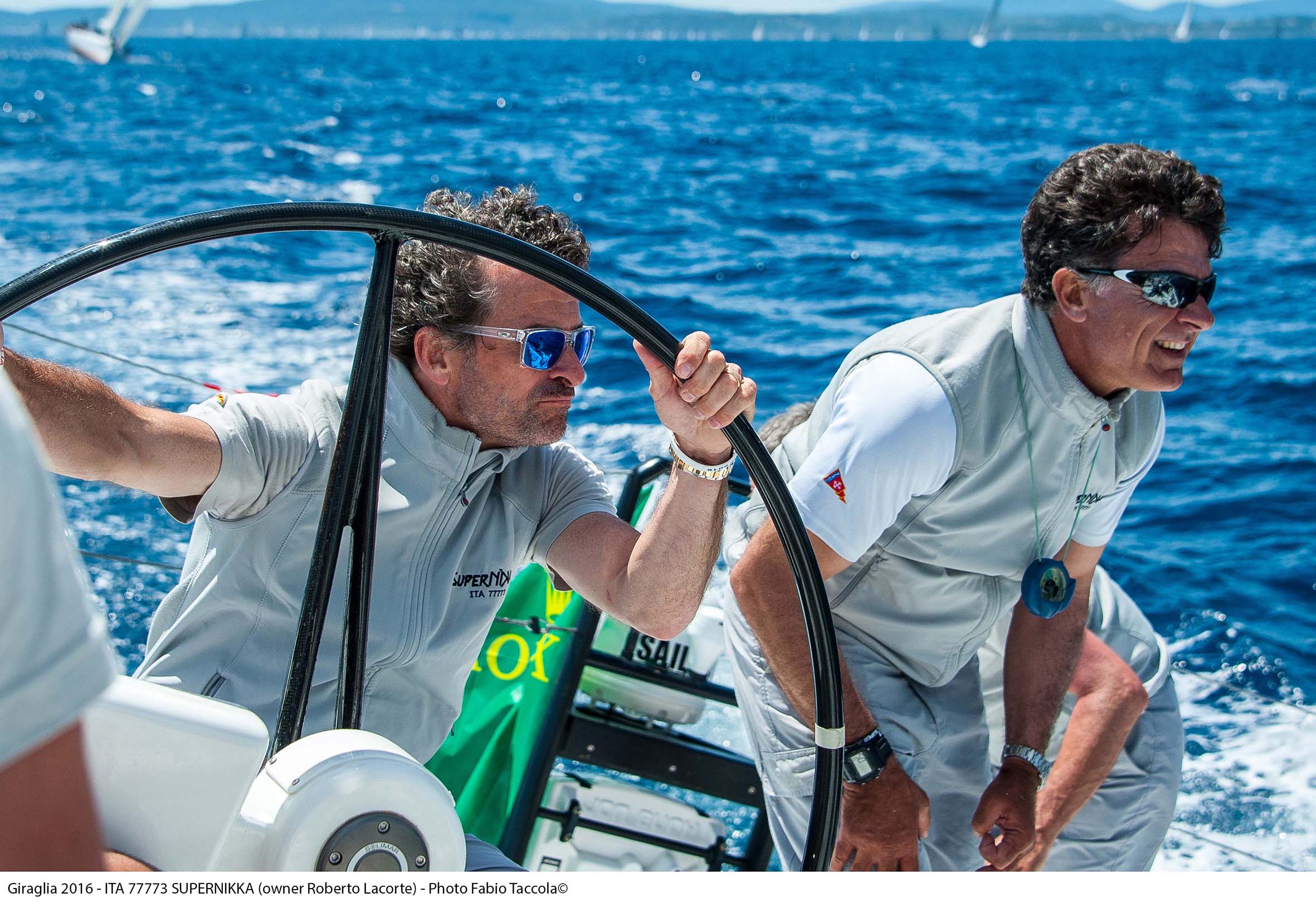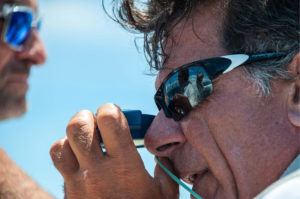“An entertaining race in which tactics play an important role”, 151 Miglia according Tommaso Chieffi

31-01-2017
Tommaso Chieffi, a professional sailor; without a doubt, the most “international” one that Italy has to offer. His resume is the best proof of it: Olympic participation with his brother Enrico in class 470 in Los Angeles in 1984, 27-time world champion in different classes, participated 5 times to the America’s Cup, winner of the Admirals Cup 1995, Rothmans Sailor of the Year in 1997, winner of the Volvo Ocean Race in 2006 as the inshore tactician of ABN Amro 1. He is an all-around talent, who put himself to the test with practically all types of regattas, including also the 151 Miglia. (During the last edition he was on the board of SuperNikka). We asked him to help us to sort out the link between tactics and strategy, the aspects to take into account and the moments in which the tactician’s role becomes essential.
Chieffi, how strategy and tactics are integrated in an offshore regatta?
An offshore regatta is much more strategic than tactical, the preparation is mostly based on information such as the weather forecast. If it were only up to the team navigator, he would go where he thinks it’s best while the fleet goes somewhere else. This is exactly what happened in one of the two Nord Stream Races that we lost: we were heading south respect to the rest of the fleet when the wind opened north. We found ourselves lagging behind the fleet and could not catch up anymore. This is the risk you run when separating strategy from tactics. Tactics dictate sticking to the fleet, assessing the risks based on the decisions made by others, choosing the side you consider right but never leaving completely the other boats. This is where tactics come into play.
During a regatta like the 151 Miglia, how important tactics are?
Tactics have an important role because 151 Miglia is not a classic offshore race, considering the distance and especially the fact that we always stay in the same sea area. The route of the 151 Miglia is similar to a coastal race in many aspects. There is a lot of geography and orography. Longer the regatta is, wider the range of options gets, at least theoretically, giving more space to strategy.

In general what are the aspects to take into account when setting up the tactics of the regatta?
The first and most important parameter is meteorology. For example in 2016 there was a strong mistral wind and after passing the buoy of Marina di Pisa all the boats picked the long side. This is because according to the weather forecasts, the wind would have turned left near to Corsica. Then arriving to Corsica the tactics has slightly changed, as heading towards south some boats realized that the wind has turned but at the same time it got weaker as well. MySong (with Pietro Sibello as tactician – ed.) chose to turn west heading towards Corsica, while with SuperNikka we overtook Atalanta II (the maxi of Carlo Puri Negri – ed.) staying south. In this way, taking advantage of the wind direction and the calmer waters, we managed to overcome the fastest boat ahead of us and we ended up third place instead of fourth, even though they were faster.
Tactics gain importance especially around the islands. 151 Miglia is definitely not an ordinary race. Paradoxically, these semi- coastal races are more fun. In offshore regattas like the Nord Stream – except a few passages where you actually have to decide something, the rest is all about speed.
Which are the specific moments of the 151 Miglia when the role of the tactician becomes fundamental?
As mentioned before, the tactician is under the spotlight when passing near the islands, so when we have to set the route according to the wind and according to how the other boats move.
In addition to this there is the choice of the sails. In the last edition of the 151 Miglia with SuperNikka we were overtaken by Atalanta II, a boat with a similar rating to ours: they turned in front of us to the home stretch with a Code0. Knowing that the wind was weakening and it would have turned around, we picked a gennaker, choosing another route that after less than an hour turned out to be the best one. They had to change and use the same sails as ours while we were already passing by them. There are many situations where you have to evaluate the wind and what the best route would be, keeping always an eye on your rivals. It is a bit like in chess matches. So this would be the job of the tactician that I consider very entertaining and challenging.


